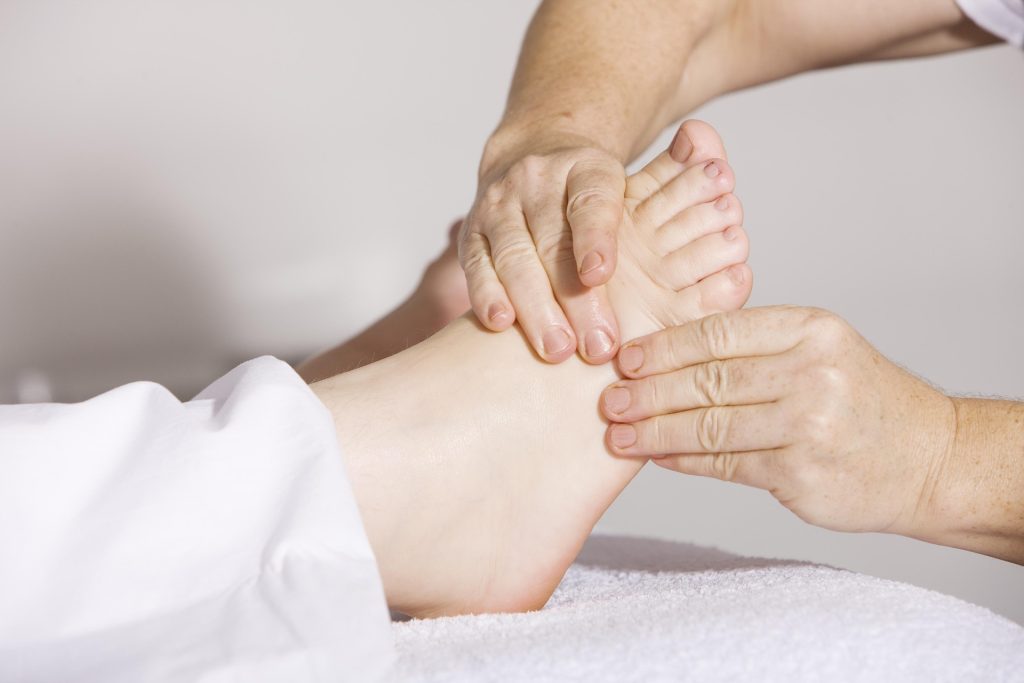Diabetes is a widespread long-term health issue affecting a substantial number of individuals globally. It is identified by elevated blood sugar levels (glucose) and can result in several health problems, such as cardiovascular disease, nerve damage, vision loss, and even amputations. One of the most prevalent and critical consequences of diabetes is diabetic foot issues, which may range from foot injuries, infections, and sores to amputation.
As a diabetic, it’s important to understand the importance of foot care and to take steps to protect your feet from harm. In this article, we will explore the relationship between diabetes and foot care and provide tips on how to keep your feet healthy and prevent diabetic foot problems.
Why Foot Care is Important for Diabetic Patients
Diabetes affects the blood vessels and nerves in the feet, which can make it difficult to feel foot injuries and to heal from them. High blood sugar levels can also weaken the immune system, making it more difficult to fight off infections. This can increase the risk of foot ulcers, infections, and other foot problems in people with diabetes.
Additionally, high blood sugar levels can cause changes in the shape and structure of the feet, making them more prone to injury. Foot problems, if left untreated, can quickly become serious and lead to infections, amputation, and other complications.
Diabetic Foot Problems
Diabetic foot problems are a common complication of diabetes and can range from simple foot injuries and infections to more serious issues such as foot ulcers and amputations. Here are some of the most common diabetic foot problems:
- Foot injuries: Diabetic patients often have decreased sensation in their feet, which can make it easier to accidentally step on sharp objects or develop blisters and other foot injuries. These injuries can quickly become infected, which can lead to more serious complications.
- Foot infections: High blood sugar levels weaken the immune system, making it more difficult to fight off infections. Foot infections are common in diabetic patients and can range from minor skin infections to more serious conditions such as cellulitis and osteomyelitis.
- Foot ulcers: Foot ulcers are sores that develop on the feet and can be difficult to heal. They are often the result of poor circulation, foot injuries, and infections, and can quickly become serious if left untreated.
- Amputations: In severe cases, diabetic foot problems can lead to amputations. Amputations can be the result of foot ulcers, infections, and other complications that are not properly treated.
Preventing Diabetic Foot Problems
There are several steps you can take to prevent diabetic foot problems and to keep your feet healthy. Here are some tips:
- Check your feet regularly: It’s important to check your feet regularly for any cuts, blisters, or other injuries. You should also look for signs of swelling, redness, or other symptoms of infection.
- Keep your feet clean and dry: Wash your feet daily with soap and water and make sure to dry them thoroughly, especially between your toes. Moisture can lead to skin irritation and fungal infections, so it’s important to keep your feet dry and clean.
- Wear comfortable, properly-fitting shoes: Wearing shoes that fit well and provide good support can help prevent foot injuries and blisters. Make sure to wear shoes that are comfortable and have a wide toe box to provide enough space for your feet.
- Exercise regularly: Regular physical activity can help improve circulation and reduce the risk of foot problems. It’s important to choose exercises that are safe and easy on your feet, such as swimming or cycling, and to talk to your doctor before starting a new
In conclusion, diabetic foot problems are a significant and widespread complication of diabetes that can lead to serious health consequences. Proper foot care, regular check-ups with a healthcare professional, and prompt treatment of any foot issues are essential to prevent the progression of these problems. Individuals living with diabetes should take preventative measures, such as wearing appropriate footwear, keeping their feet clean and dry, and managing their blood sugar levels, to reduce their risk of diabetic foot problems. By being proactive and proactive about their foot health, individuals with diabetes can reduce their risk of foot injuries and complications, improve their overall quality of life, and enjoy greater mobility and independence.
